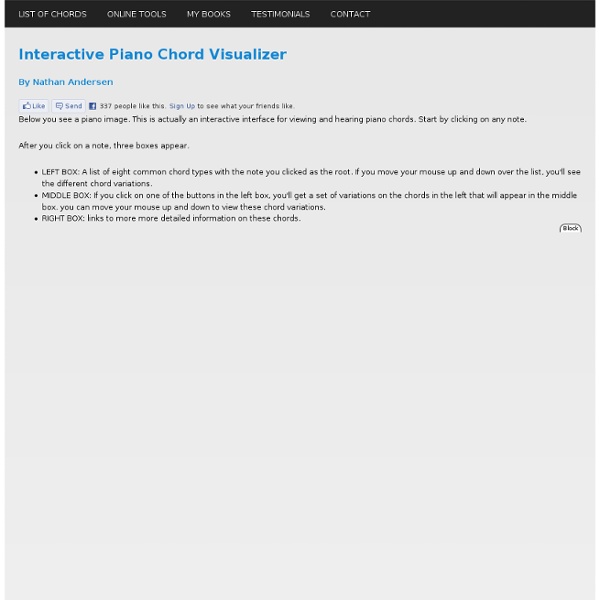



Create Music Beats - The online music factory - Jam, remix, chords, loops JamStudio for 2021! Download the Windows App or Mac App to keep using JamStudio! DO IT NOW! This app will work after Flash is removed from browsers in 2021! Windows AppMac App Thanks for using JamStudio. After downloading the app, copy it to your desktop and run it. The online music factory - Jam, remix, arrange chords and loops - Free online band, free online mixer, desktop arranger, music arranger, music arrangement, music creator, online producing, band arrangement, garage band composer, sony acid... Breath Management ('Support' of the Singing Voice) The purposes of 'supporting the voice' are to exercise control over the amount of air being expelled from the lungs during singing tasks and to maintain a steady flow of air (and thus create a steady singing tone). The difference between how we breathe for singing and how we breathe for other daily activities lies not in the mechanisms but in how the airflow is regulated, as the demands that our bodies have for air changes with different activities. Although it is still in accordance with the natural functioning of the body, 'natural breathing' as employed for speech is not adequate for intense singing demands. During normal demands, such as speaking or resting, we tend to inhale and exhale more shallowly and evenly because our bodies don’t require as much oxygen. Singing requires a higher rate of breath energy than speaking does, as well as the elongation of the breath cycle. Many contemporary methods of teaching encourage a contracting of the abdominal muscles. The Farinelli Exercise
Piano and Math Tutorials The site was intended for teenagers who already played some piano but wanted help on their favorite songs. Requests kept coming, from all over the world, from young and old. As a result the site became suitable for all age groups. Jane's tutorials are intended for those who play by ear or follow the sheet music, with emphasis on the latter. We recommend that all of you learn to read music and simply use these tutorials as reference, e.g., to correct notes, to check counting, or to compare fingering. Jane and her husband Michael Grossman both retired from teaching mathematics at UML (University of Massachusetts, Lowell). Have fun! The joy of music is a spark of life.
Selecting the Right Songs for Your Voice (Page 1 of 2) Anyone who follows the American Idol competition each year will have heard the importance of song choice repeatedly emphasized by the judges. Those contestants who choose songs that do not flatter their voices are met not only with criticism from the panel of judges, (whose ability to judge from a technical, educated standpoint is always in question), but also with the unwelcome fate of being voted off the show by the viewing audience. Likewise, those who wow the television world with flawless vocal performances and songs that suit them - who make wise choices when showcasing their talent – are rewarded with high praise and an invitation to return the following week. The major flaw of the competition - namely the voting audience’s tendency to confuse true singing talent with good looks, charm and marketability - notwithstanding, the three judges do make a very valid point. The Basic Elements of a Good Song Choice The Lyric The Music The Melody
How To Transition From Chest Voice To Head Voice (Singing) Learn some tips from opera singer, Christopher Jacklin, on how to transition from your chest voice to your head voice, and you will start singing registers which are out of your comfort zone. I'm going to talk to you now about how to transition from your chest voice to your head voice. Chest voice is that rich resident middle part of the voice. It's much more resident, but you can't quite take it as high. Head voice by contrast is that clean bell-like sound. An excellent exercise for mixing these two is a very slow controlled voice. And then, gradually bring it down into a territory that you wouldn't normally use it in. Now, I want to do the complete opposite actually and bring your chest voice higher up. You can't take it too far because you're bringing a lot of weight up there and you will start getting tired, but it's more the principle of taking it out of its comfort zone. Always focus on transitioning smoothly from head voice to chest voice.